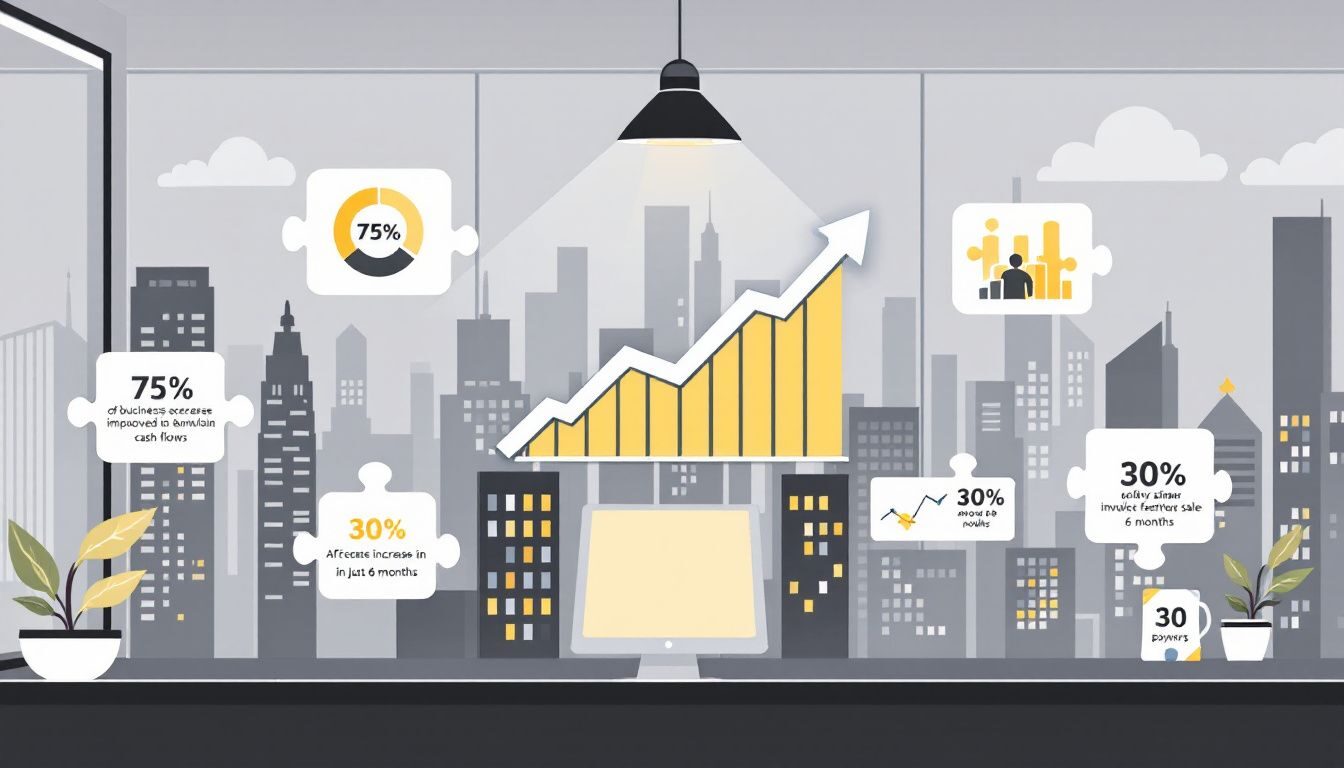The commodities market is a dynamic and often unpredictable space where prices can fluctuate based on a variety of factors. To successfully navigate this market, it is crucial to understand the underlying market trends and how they impact different commodities. Whether you’re an investor or simply curious about the commodities sector, having a solid grasp of commodities trends and their broader implications can be incredibly valuable.
The Importance of Understanding Market Trends
In the world of commodities, trends are not just about observing the ups and downs of prices. Market trends analysis involves understanding the reasons behind these fluctuations, including supply and demand dynamics, geopolitical factors, and economic policies. By diving into key market insights, investors can make more informed decisions that align with their financial goals.
One significant trend that has shaped the commodities market in recent years is the growing demand for sustainable and ethical products. This shift has led to increased interest in commodities like lithium and cobalt, which are essential for producing batteries in electric vehicles. As more countries commit to reducing carbon emissions, the demand for these “green” commodities is likely to continue rising. Understanding this commodities trend can help investors identify opportunities in the market before they become mainstream.
Supply Chain Disruptions and Their Impact
Supply chain disruptions are another critical factor that can heavily influence commodity prices. The COVID-19 pandemic is a prime example of how global events can cause significant impact on the commodities market. Lockdowns and restrictions led to shortages in several key commodities, from lumber to semiconductors, driving prices upward.
When conducting market trends analysis, it’s essential to consider the potential for future supply chain issues. For instance, ongoing geopolitical tensions or natural disasters could disrupt the supply of oil or agricultural products, leading to price volatility. By staying informed about these key market insights, investors can better prepare for potential risks and adjust their portfolios accordingly.
The Role of Technology in Shaping Commodity Trends
Technology continues to play a pivotal role in shaping commodities trends. The rise of automation, artificial intelligence, and big data analytics has transformed the way commodities are produced, traded, and consumed. For example, advancements in agricultural technology, such as precision farming and genetically modified crops, have increased yields and reduced costs. These technological innovations are likely to impact the supply and demand dynamics of various commodities, thereby influencing their market prices.
Moreover, the increasing adoption of blockchain technology in the commodities market is another trend worth noting. Blockchain offers a transparent and secure way to track the provenance of commodities, ensuring that products are ethically sourced and free from fraud. As more companies and governments adopt this technology, it could lead to greater transparency and efficiency in the commodities market, further affecting prices.
Geopolitical Factors and Their Influence
Geopolitical factors have always had a significant impact on commodity prices. Political instability, trade wars, and sanctions can all lead to fluctuations in the supply and demand of commodities. For example, tensions between major oil-producing nations can lead to fluctuations in oil prices, while trade disputes can affect the availability and cost of agricultural products.
Understanding these market trends is crucial for anyone involved in the commodities market. By staying informed about geopolitical developments, investors can better anticipate potential price movements and make strategic decisions. For instance, if a key commodity-exporting country faces political unrest, it may be wise to diversify your investments to mitigate the risk of price volatility.
Environmental and Climate Change Considerations
Environmental factors and climate change are increasingly influencing commodity trends. As the world grapples with the effects of climate change, certain commodities are becoming more volatile. For example, agricultural commodities like wheat, corn, and soybeans are highly susceptible to changes in weather patterns. Droughts, floods, and other extreme weather events can lead to poor harvests and reduced supply, driving up prices.
Additionally, there is a growing emphasis on the sustainability of commodities, particularly in industries like mining and agriculture. Consumers and investors alike are increasingly demanding products that are produced in an environmentally responsible manner. This shift towards sustainability is creating new opportunities and challenges within the commodities market.
Conclusion: The Importance of Market Trends Analysis
In summary, understanding commodity trends and their broader implications is crucial for navigating the complex commodities market. From technological advancements and geopolitical factors to supply chain disruptions and environmental considerations, there are numerous key market insights to consider. By conducting thorough market trends analysis and staying informed about global events, investors can make more informed decisions that align with their financial goals.
In a market as dynamic as commodities, the ability to anticipate and adapt to change is key. Whether you’re a seasoned investor or just getting started, staying ahead of commodities trends can give you the edge you need to succeed.

